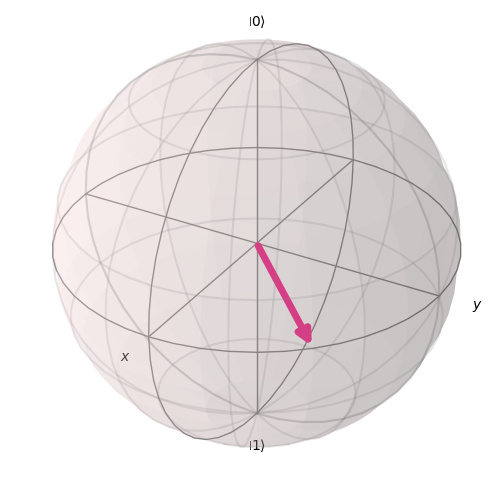In summary, the Hamiltonian provides the “cause” for the temporal evolution of a quantum system, while the resulting time evolution is “described” by a unitary operator. This relationship is essential for understanding the dynamics of quantum states in quantum mechanics and quantum computing.
In quantum computing, Hamiltonians and unitary transformations are fundamental concepts from quantum mechanics, each serving a distinct role:
- Hamiltonian:
- Definition: In quantum mechanics, the Hamiltonian is an operator that represents the total energy of a system.
- Role: In quantum computing, the Hamiltonian determines the dynamics of qubits, that is, how their state changes over time.
- Example: Hamiltonians are used to model interactions between qubits and external influences (like magnetic fields).
- Unitary Transformation:
- Definition: A unitary transformation is an operator that describes the time evolution of quantum states. It is derived from the Hamiltonian and acts on a quantum state to produce a new state.
- Role: Unitary transformations are fundamental to computation in quantum computers. Applying specific quantum gates to qubits realizes these transformations.
- Example: Various quantum gates used in quantum algorithms, like the Hadamard gate or the CNOT gate, are examples of unitary transformations.
In essence, while the Hamiltonian defines the energy characteristics and dynamics of a quantum system, unitary transformations describe specific state changes (computational operations) within that system. In quantum computing, these are closely related, with unitary transformations being defined based on the Hamiltonian.
